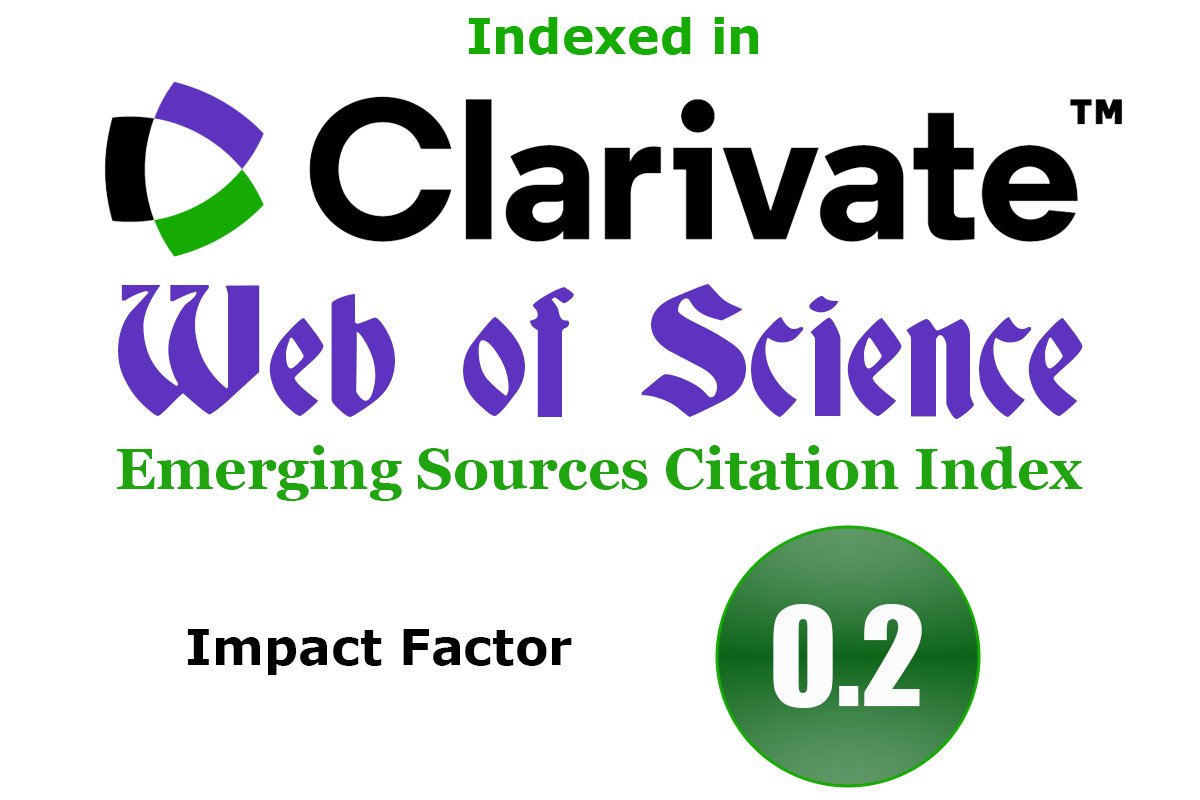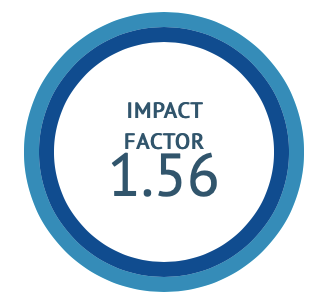In-vitro assessment of Urginea indica (R.) Bulb fractions against calcium oxalate crystallization: Role of Citronellal identified by GC-MS
DOI:
https://doi.org/10.47552/ijam.v16i3.5993Keywords:
Urolithiasis, Urginea indica (R.), Calcium oxalate, Antiurolithiatic, GC-MS, Cystone, Herbal medicine, PhytoconstituentsAbstract
Objectives: The present study aimed to investigate the in-vitro antiurolithiatic activity of the methanolic bulb extract of Urginea indica (R.) and its fractions, focusing on their ability to inhibit calcium oxalate (CaOx) crystal nucleation, aggregation, and oxalate degradation. The goal was to validate its traditional use in urolithiasis and assess its potential as a clinically relevant phytotherapeutic agent. Methods: Urginea indica bulbs were extracted using Soxhlet extraction with methanol, followed by column chromatography to yield five fractions (F1–F5). A factorial approach guided the optimization and separation of fractions using TLC profiling. GC-MS analysis identified key phytoconstituents. In-vitro assays for nucleation, aggregation, oxalate degradation, and titrimetric estimation of calcium oxalate were conducted to assess antiurolithiatic efficacy. Cystone was used as the standard reference. Results: Phytochemical screening revealed the presence of alkaloids, flavonoids, terpenoids, tannins, and saponins. GC-MS identified citronellal (49.43%), camphor (12.79%), and other active compounds. Among the fractions, F5 consistently showed the highest activity: 85% nucleation inhibition, 84% aggregation inhibition, 84% oxalate degradation, and 87% inhibition of CaOx content at 1000 µg/mL, closely matching the standard Cystone. F5 was thus selected as the optimized batch based on superior efficacy across all in-vitro parameters. Conclusion: Urginea indica fraction F5 exhibits significant antiurolithiatic activity, supporting its traditional use and potential clinical application. Its multi-targeted action and natural origin make it a promising candidate for future development. Further in-vivo studies are essential for clinical translation.
Downloads
Published
How to Cite
Issue
Section
License
Copyright (c) 2025 International Journal of Ayurvedic Medicine

This work is licensed under a Creative Commons Attribution-NonCommercial-ShareAlike 4.0 International License.
The author hereby transfers, assigns, or conveys all copyright ownership to the International Journal of Ayurvedic Medicine (IJAM). By this transfer, the article becomes the property of the IJAM and may not be published elsewhere without written permission from the IJAM.
This transfer of copyright also implies transfer of rights for printed, electronic, microfilm, and facsimile publication. No royalty or other monetary compensation will be received for transferring the copyright of the article to the IJAM.
The IJAM, in turn, grants each author the right to republish the article in any book for which he or she is the author or editor, without paying royalties to the IJAM, subject to the express conditions that (a) the author notify IJAM in advance in writing of this republication and (b) a credit line attributes the original publication to IJAM.




